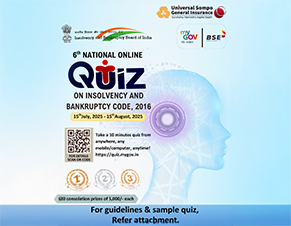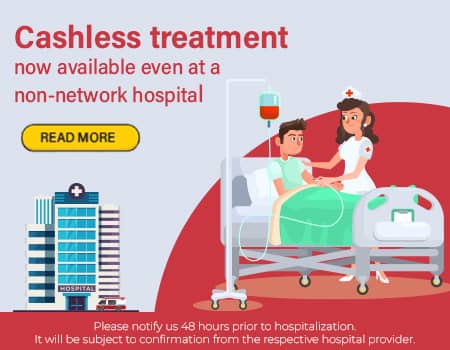Give your family the gift of security with New Complete Healthcare Insurance
Give your existing health policy the boost it needs with A Plus Health Insurance
Easy Access
Why Universal Sompo
Quick Claim Process
Customer First Approach
PAN India Presence
24/7 Assistance
We Keep Our Promise
Our Shareholders
What Would You Like To
Protect Today?
You can always Trust Us

Never too far away from you!
You will never find it difficult to get in touch with us. With PAN India presence, we are always ready to help you, guide you, and provide reliable insurance solutions.

We have got you covered
Whatever your insurance requirement may be, we have got a perfect policy for you. Knowledgeable staff, benchmark products, quick claim settlement, and many more such factors are the drivers that are bound to make your experience with us pleasurable.

We Hear you!
We understand that you may need us at any hour. And for that we’re completely prepared. At our 24*7 operational call centre, our customer support executives are always geared up to provide solutions to all your queries and make your journey smooth.
Our Awards

Pradhan Mantri Fasal Bima Yojana
Pradhan Mantri Fasal Bima Yojana (PMFBY) is an initiative from the Government of India to provide financial support to our farmers.
- This scheme offers financial relief to farmers in case of unforeseen crop losses.
- It is intended to make them self-sufficient and confident to continue with farming.
Want to explore more













